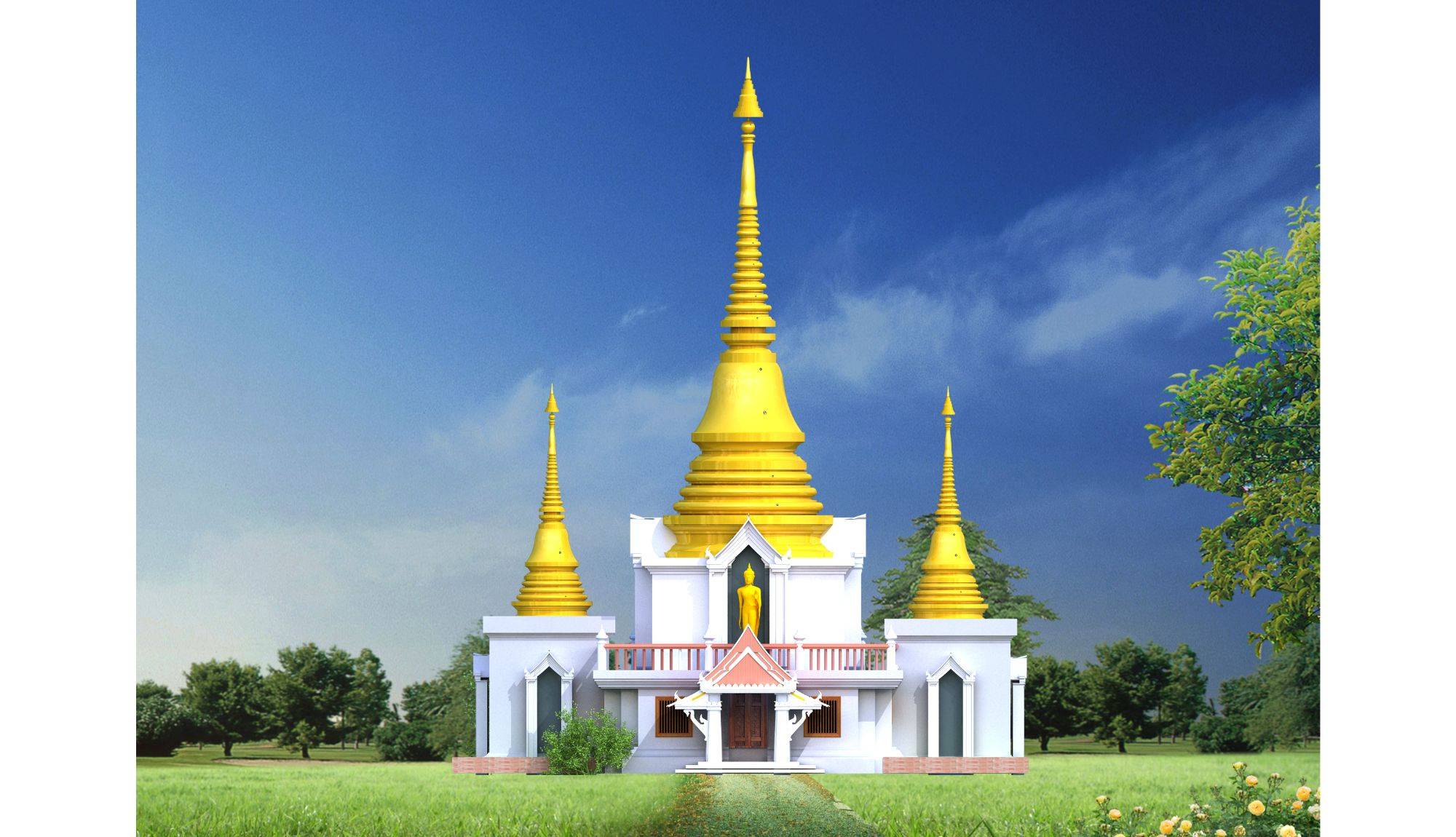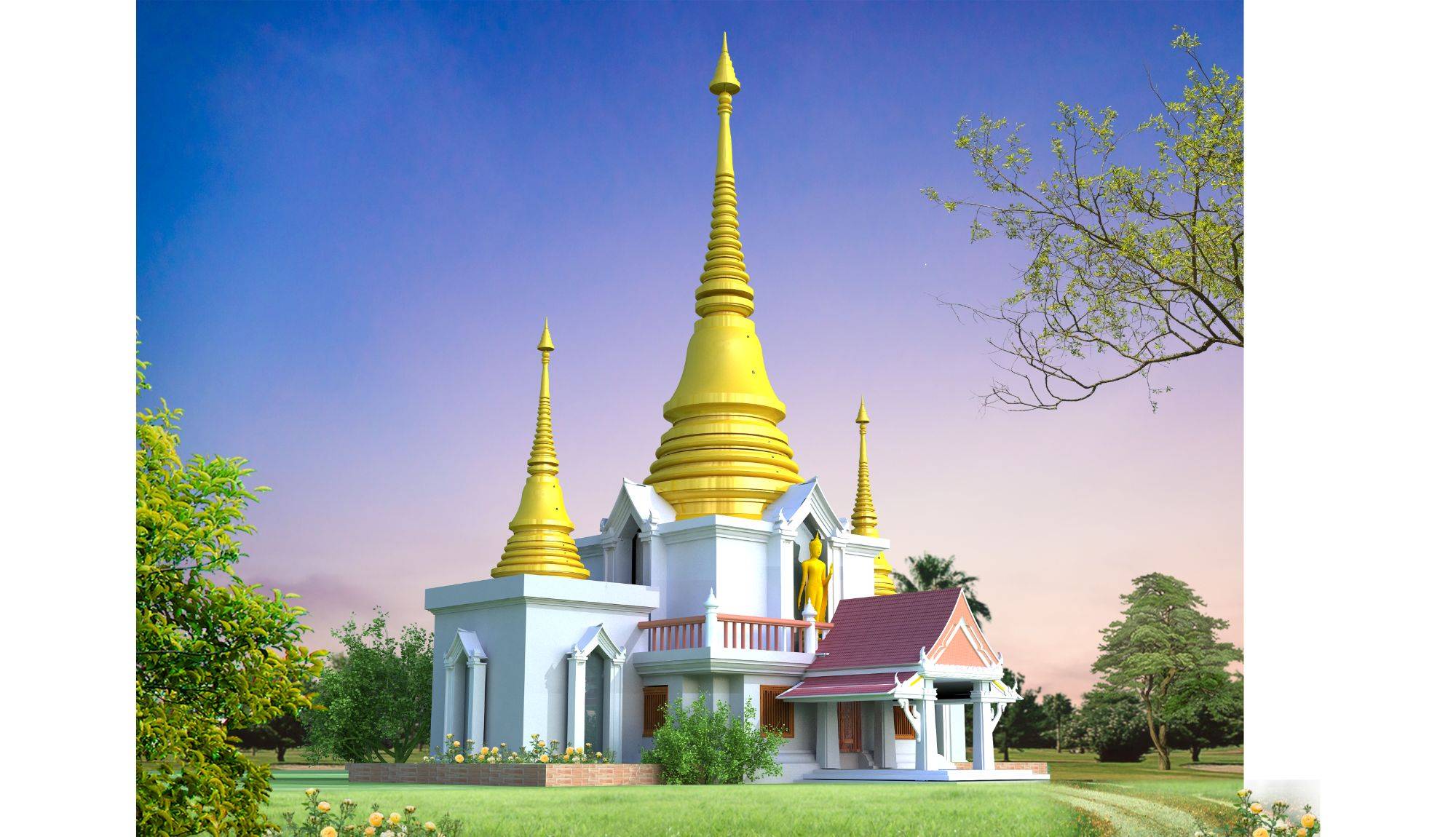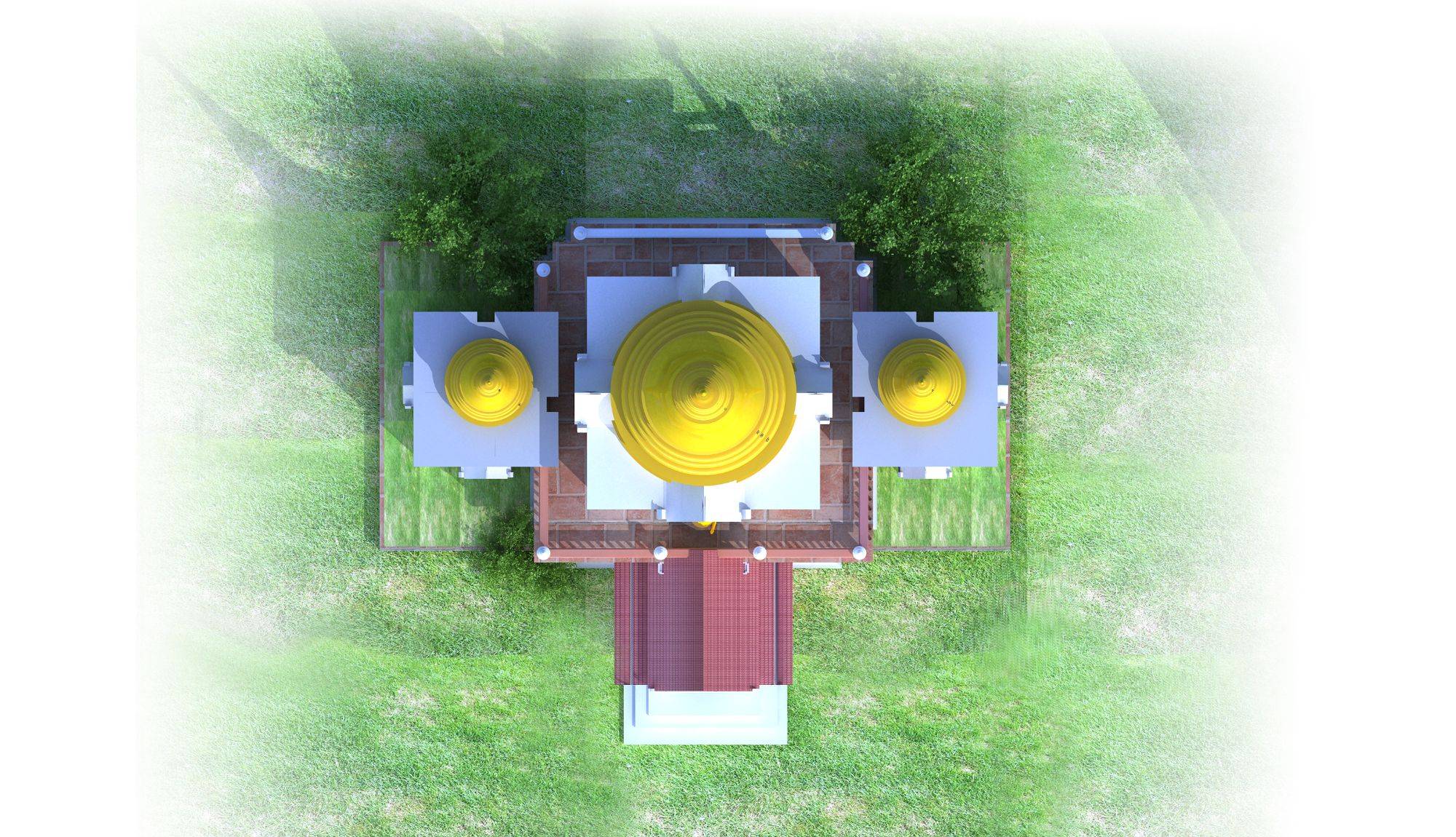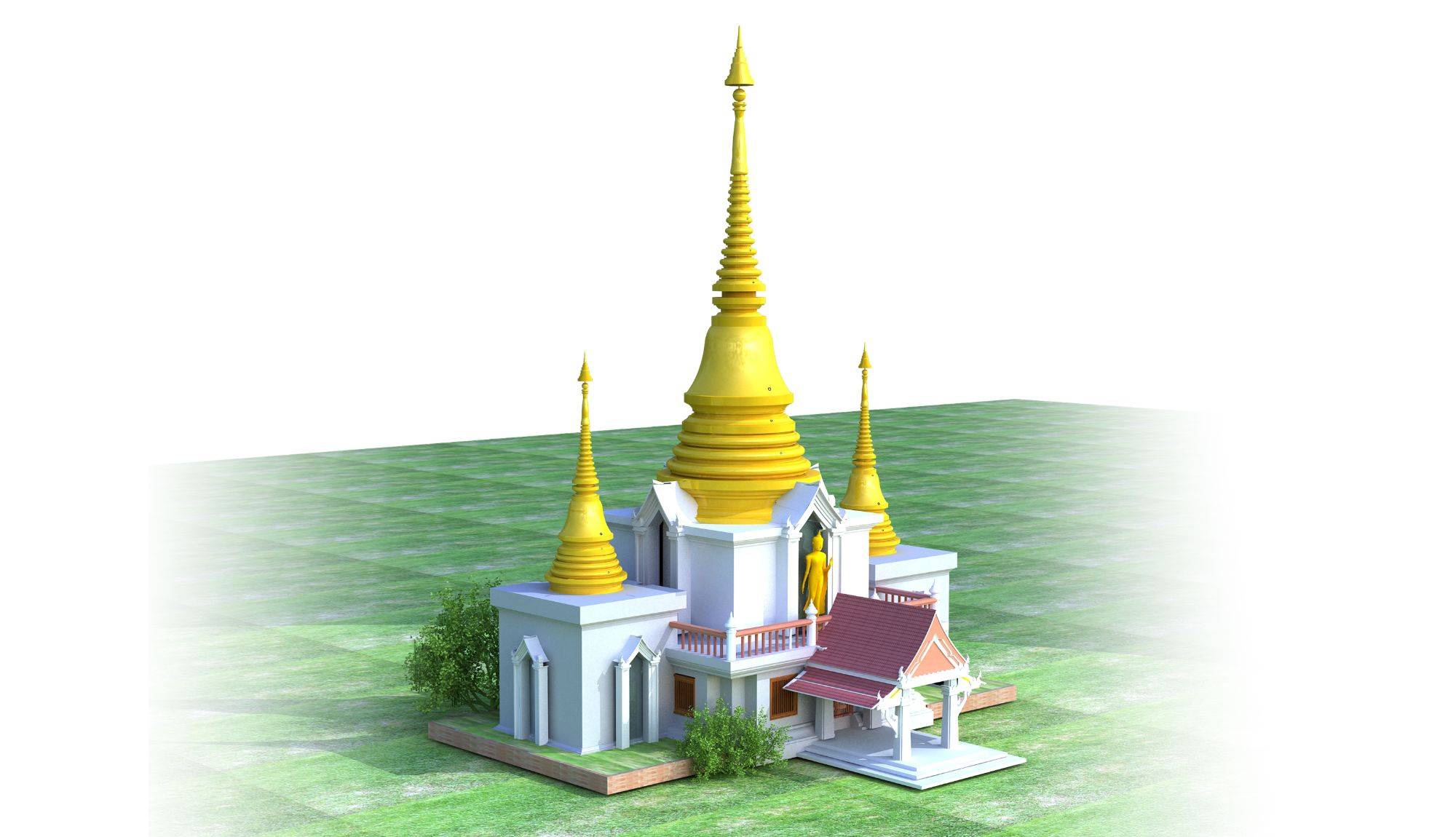KEYAGARH BUDDHIST MONASTERY




Project Summary
The Keyagarh Buddhist Monastery is envisioned as a serene and spiritual retreat, harmonizing with its natural surroundings while reflecting the simplicity and peace of Buddhist philosophy. The architectural design emphasizes minimalism, symmetry, and the use of natural materials to create a calming and contemplative space.
Design Influence: The architecture draws inspiration from traditional Buddhist temples, incorporating elements like stupas, prayer halls (Vihara), and meditation spaces. The design will also embrace local architectural styles to maintain cultural relevance and context.
Spatial Organization: The layout follows a symmetrical plan, symbolizing balance and harmony. The central stupa serves as the focal point, surrounded by concentric layers of meditation halls, prayer rooms, and living quarters for monks. Open courtyards, verandas, and walkways enhance connectivity and flow between spaces, encouraging contemplation and reflection.
Material Palette: Natural stone, bamboo, timber, and clay are chosen to blend the structure into the environment. Stone pathways and wooden beams support the philosophy of sustainable and eco-friendly architecture. Traditional elements, like sloping roofs with intricate wooden carvings, are integrated to provide both aesthetic appeal and functionality.
Lighting & Ventilation: Large windows, skylights, and open corridors allow natural light to flood the interiors, reducing the need for artificial lighting and enhancing the spiritual ambiance. The ventilation design promotes air flow throughout the building, ensuring a comfortable and refreshing atmosphere.
Interior Design Concept:
The interior design mirrors the simplicity and tranquility of Buddhist teachings, using understated aesthetics to focus on creating a meditative atmosphere.
Material Selection: The interiors feature organic materials such as wood, stone, and linen, maintaining a tactile connection to nature. The color palette emphasizes earthy tones, such as soft whites, beige, and muted greens, promoting a sense of calmness and grounding.
Furnishings & Décor: Minimalist furnishings, such as low wooden seating, simple prayer mats, and handcrafted meditation cushions, encourage mindfulness and detachment from material distractions. Artworks like traditional Thangka paintings and statues of the Buddha are tastefully integrated, maintaining a balance between decoration and function.
Sacred Spaces: The interior design of meditation rooms and prayer halls is intentionally sparse, with soft lighting and clean lines to avoid overstimulation. The focal point in each room is either a statue or a sacred object, providing a visual anchor for meditation.
Symbolism & Details: Buddhist symbols, such as the Dharma wheel, lotus flower, and the Eightfold Path, are subtly incorporated into carvings, murals, and textiles, adding layers of meaning without overwhelming the space.
In essence, the Keyagarh Buddhist Monastery’s design fosters a peaceful environment conducive to meditation and spiritual growth, with architecture and interiors that reflect the core principles of simplicity, balance, and harmony with nature